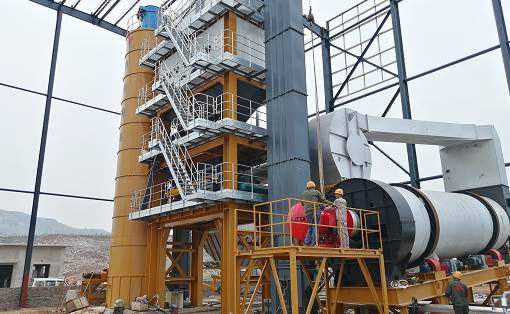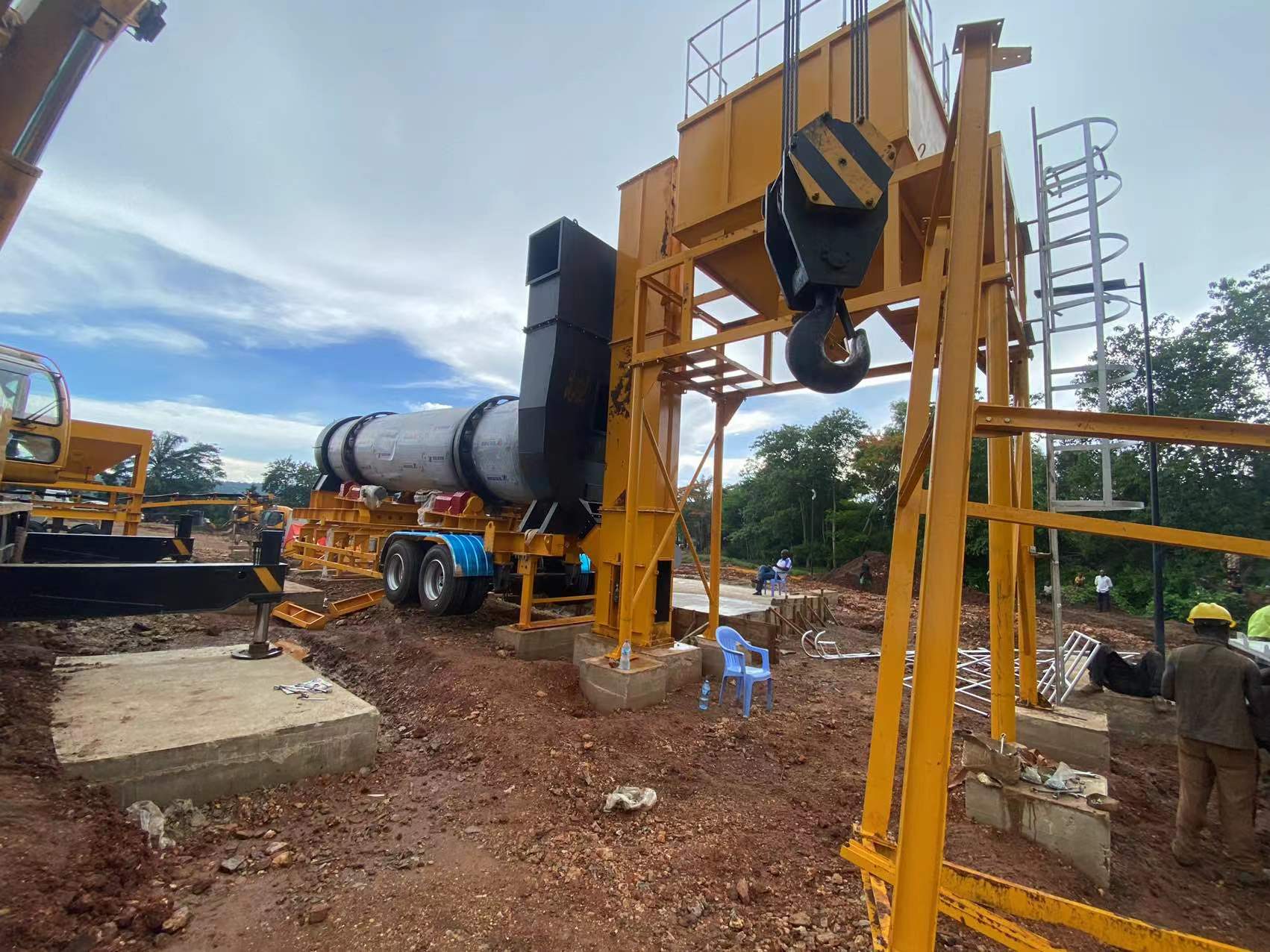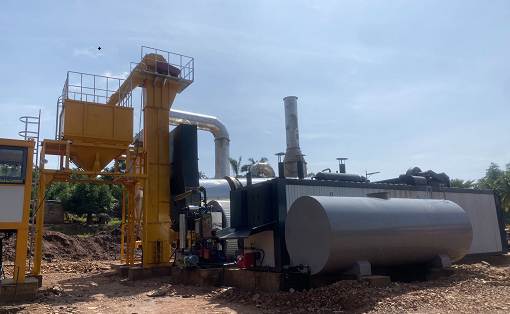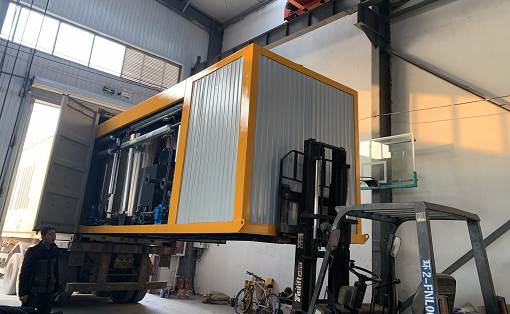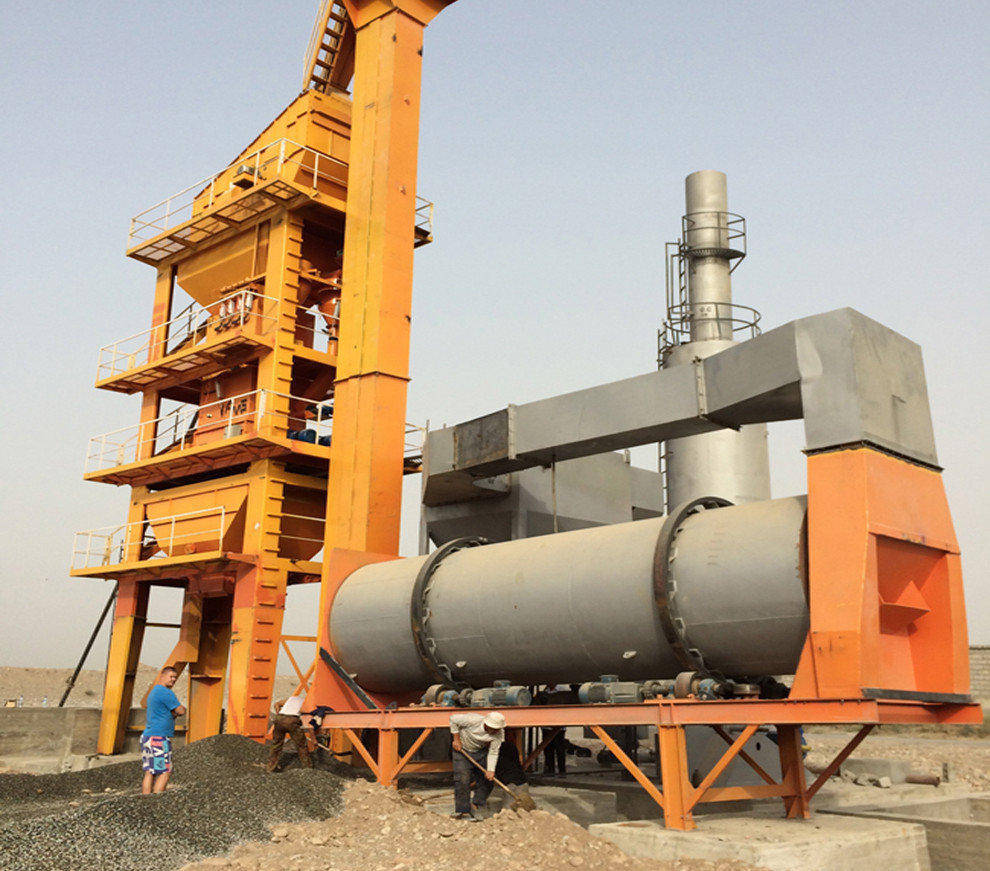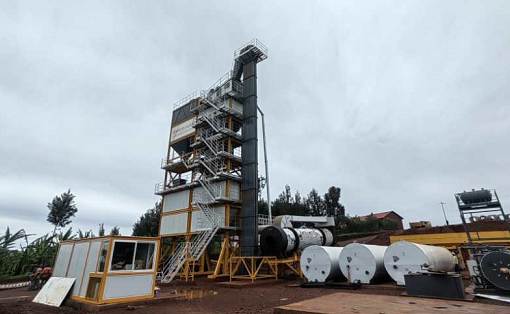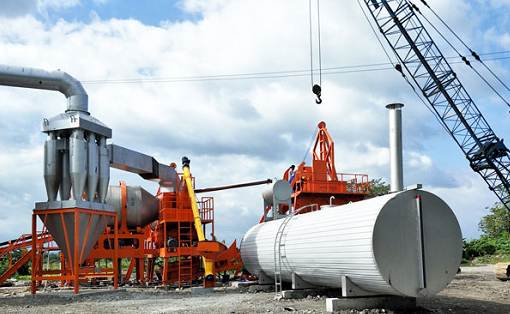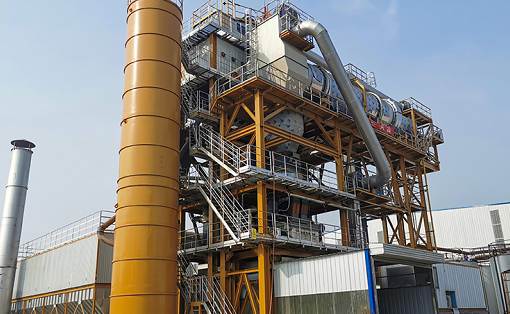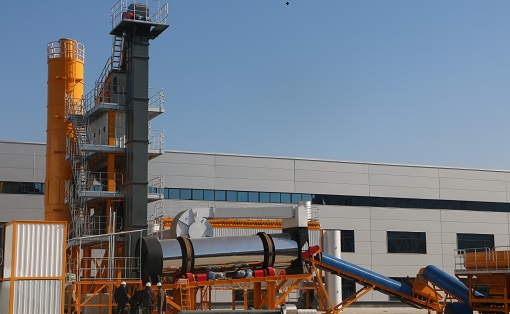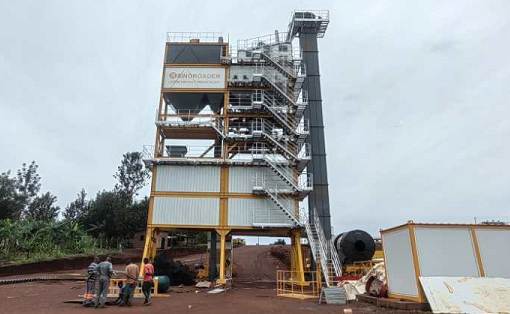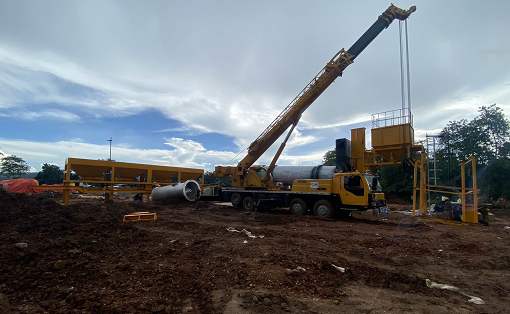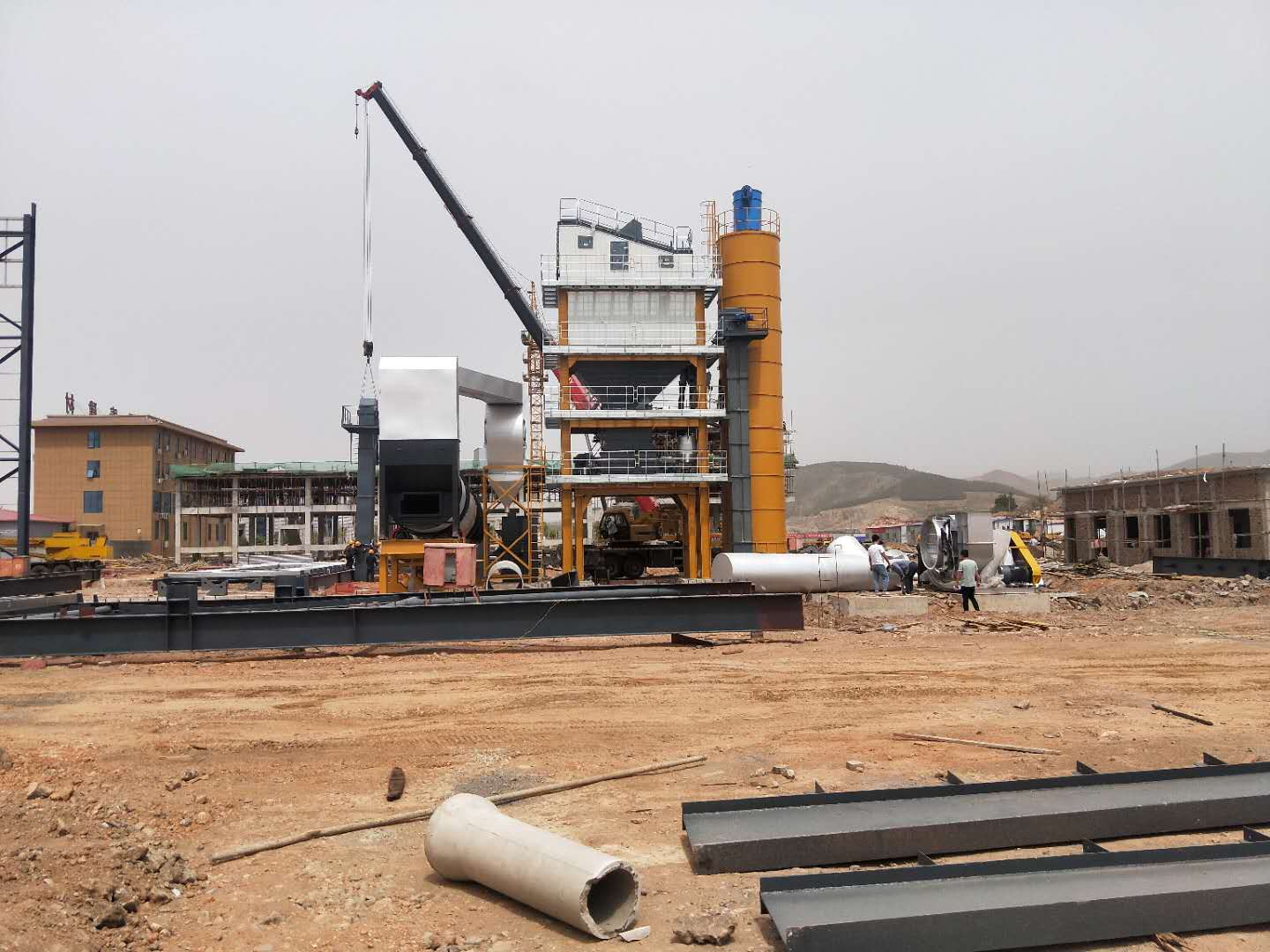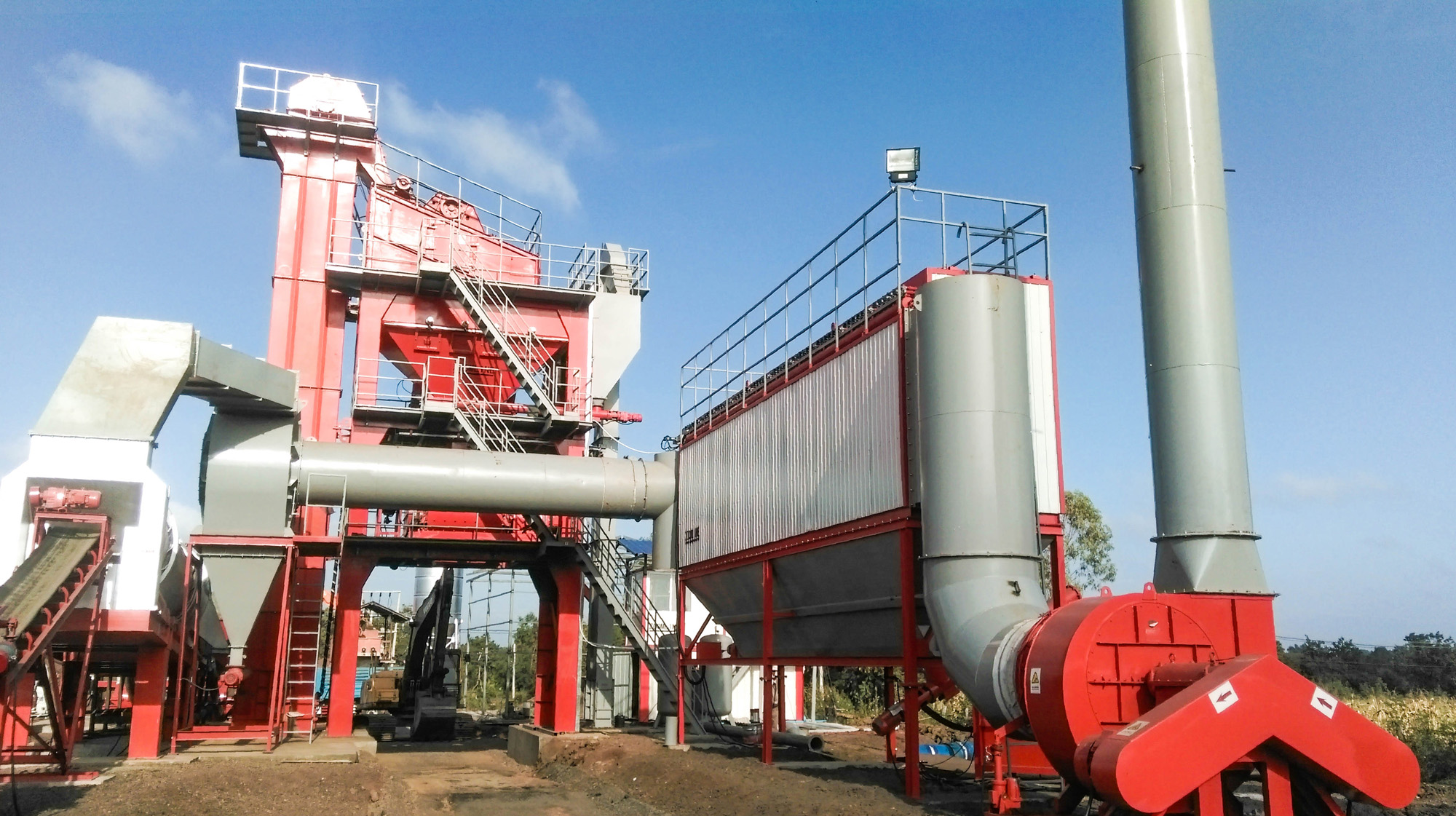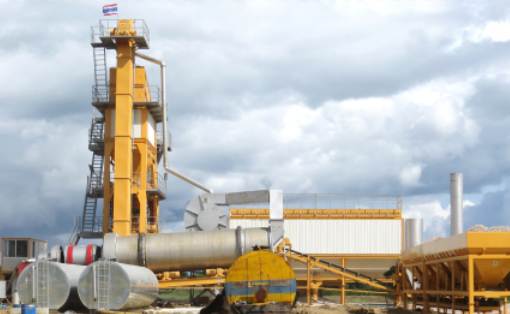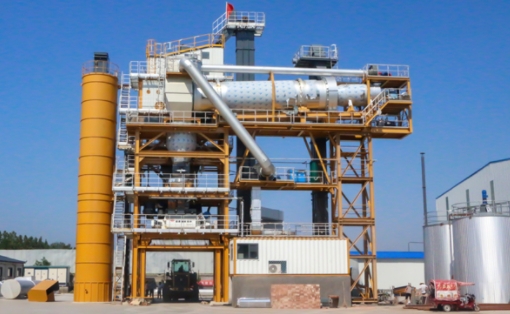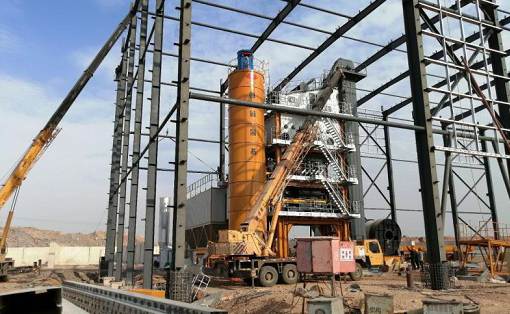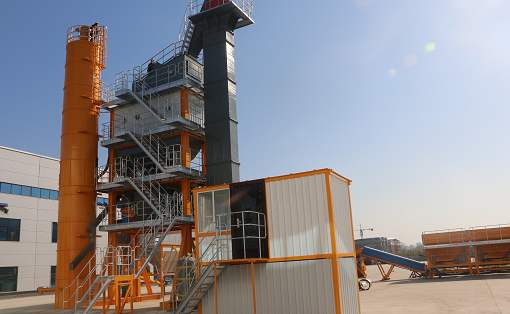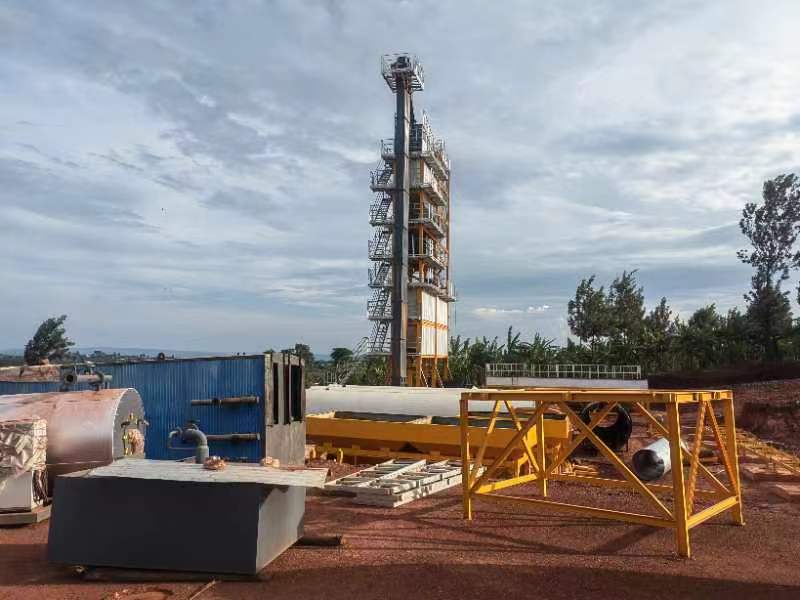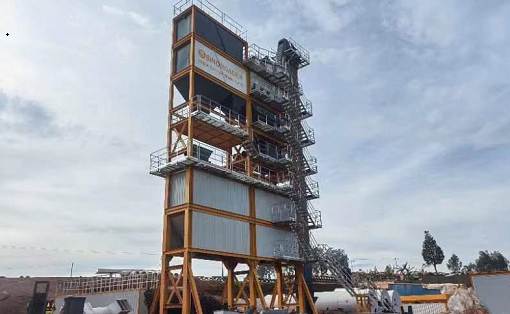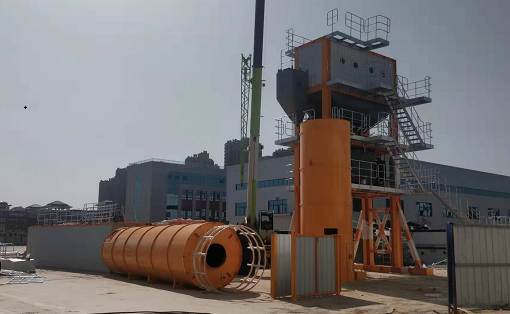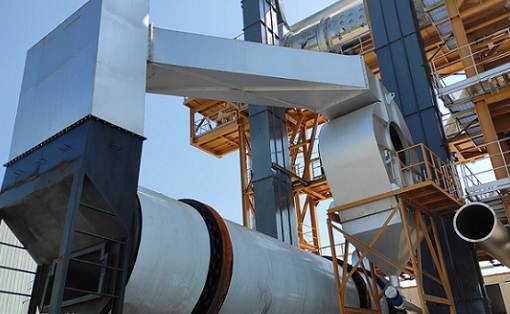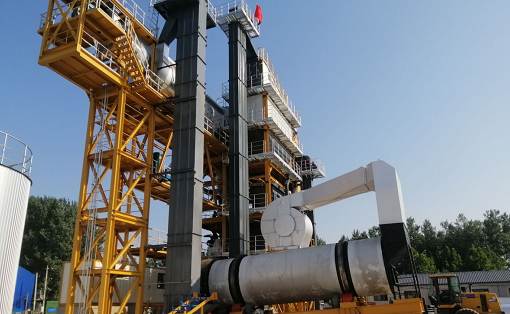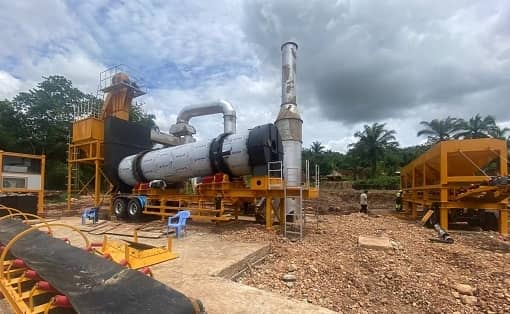How to deal with the problem of the reversing valve in the asphalt mixing plant?
What should I do when the reversing valve in the asphalt mixing plant fails? The editor has a trick:
1. The reversing valve cannot be reversed or the reversing action is slow, which is generally caused by poor lubrication, stuck or damaged springs, oil or impurities stuck in the sliding parts. In this regard, you should first check whether the oil mist is working normally; whether the viscosity of the lubricating oil is appropriate. If necessary, the lubricating oil should be replaced, the sliding part of the reversing valve should be cleaned, or the spring and reversing valve should be replaced.
What should I do when the reversing valve in the asphalt mixing plant fails? The editor has a trick:
1. The reversing valve cannot be reversed or the reversing action is slow, which is generally caused by poor lubrication, stuck or damaged springs, oil or impurities stuck in the sliding parts. In this regard, you should first check whether the oil mist is working normally; whether the viscosity of the lubricating oil is appropriate. If necessary, the lubricating oil should be replaced, the sliding part of the reversing valve should be cleaned, or the spring and reversing valve should be replaced.
2. If the inlet and outlet holes of the electromagnetic pilot valve are blocked by debris such as sludge, the closure is not tight, the active iron core is stuck, and the circuit is faulty, the reversing valve cannot be reversed normally. For the first three situations, the sludge and impurities on the pilot valve and the active iron core should be cleaned. Circuit failures are generally divided into two categories: control circuit failures and electromagnetic coil failures. Before checking the circuit fault, you should first turn the manual knob of the reversing valve a few times to see if the reversing valve can be normally reversed under the rated air pressure. If it can be normally reversed, the circuit is faulty.
3. After long-term use, the reversing valve is prone to wear of the valve core seal ring, damage to the valve stem and valve seat, resulting in gas leakage in the valve, slow movement of the valve or failure to reverse normally. At this time, the seal ring, valve stem and valve seat should be replaced, or the reversing valve should be replaced.

